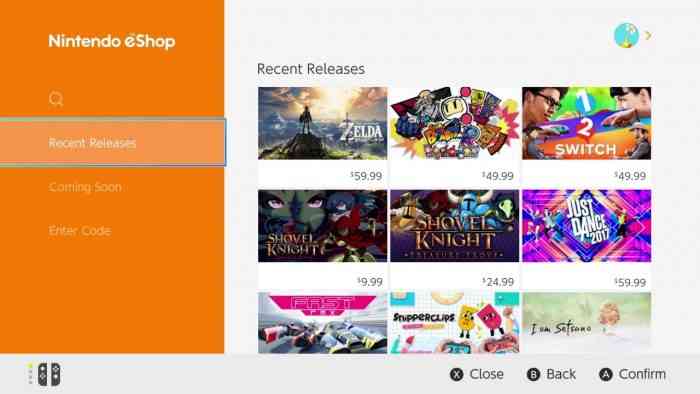Nintendo Switch EShop Curation Leaves Some Indie Devs Unhappy
In any gaming ecosystem, it can be difficult to straddle the line between keeping garbage out and letting good games in. Afterall, if the policy was completely open, that gaming ecosystem would be buried with asset-flipping shovelware that would get in the way of a user finding good games in that space. But, how does one define a game to be “good” enough for public consumption? It’s never easy to answer such a question as a game like Flappy Bird is a pretty shallow game, but no one can deny it was captured the zeitgeist during its release. Well, Nintendo has adopted a more rigid approach in letting games through the gates for the Switch eShop. While this isn’t necessarily a bad thing as Wii U’s eShop suffered from being clogged with by crap like welll… Epic Dumpster Bear. Thus, Switch’s stricter curation has been celebrated by some Nintendo indies or “Nindies” while criticized by others in a recent feature that paints a very different image of the situation.

First off, Nintendo announced its new approach to curation in the Nindies Showcase broadcast in March this year where Nintendo rep, Damon Baker said, “It’s our mission to prioritise unique and original experiences and curate an amazing line-up of content that will feel perfectly at home on Nintendo Switch.” In the weeks following Switch’s launch, some indie devs have spoken to Nintendo Life about how they felt marginalized by Nintendo due to a lack of clear communication and inconsistent curation methods. The extensive article features some anonymous devs who have been struggling with the Switch eShop approach. One such dev gave this illuminating quote about the process:
There’s no doubt that Nintendo systems have been plagued by shovelware over the years. But Nintendo’s solution to this is broken. First, they’re being very inconsistent. Their stated policy is that they’re not allowing any ports. And yet, about half of the games are ports! Second, because the people in charge of making the decisions are marketing people with no experience on the development side, they don’t know how to evaluate games that are still in development. They look at a game that’s 20% complete and then they can’t extrapolate what it will be like after an additional year or two of development.
It’s a huge step backward for the industry for indies to be put in a position where we have to pitch games to a marketing guy who’s never made a game before. That’s the way the industry was ten years ago when the only way to release a game was through a publisher. Now indies should be able to go directly to consumers. And it’s the height of arrogance for Nintendo to think that it can predict where the next big hit is going to come from. Didn’t they learn anything from Nintendo 64? They tried this same approach back then and lost virtually all publisher support.
Again, determining what games are “good” enough is a little murkier when put into practise. For instance, the recent Nindie title, Vroom in the Night Sky, which we reviewed, is not getting a lot of love from critics either. If the curation is supposed to ensure less shovelware, then, how did this one slip through while the beloved N++ had such difficulty getting approved for the Switch’s eShop?